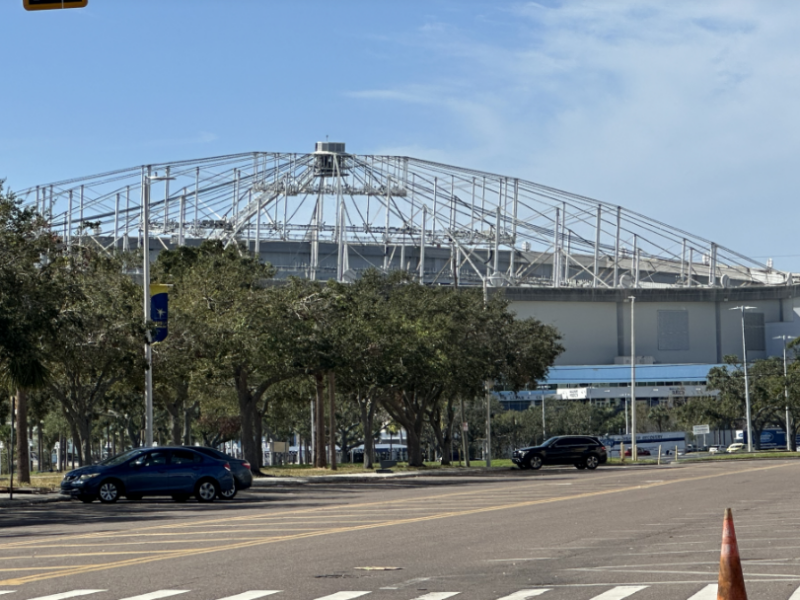Increased communications between Student Government and campus clubs are what SG Vice President Christa Hegedus hopes to achieve through the Council of Club Presidents.
“I plan on strengthening clubs and leaderships throughout the clubs because last year the clubs were pretty weak,” Hegedus said. “Annual traditions were struggling to even occur.”
Each month, presidents of clubs and organizations meet to discuss events, goals, recruiting and traditions. Collaborations, such as one between the Longboarding Club and Harborside Activities Board, along with marketing strategies, are common topics at meetings.
The Council of Club Presidents has been active for more than three years. The monthly meeting began in 2010 James Scott was student body president. According to Hegedus, the purpose was to create a “unified, whole idea of the campus from the student perspective.”
Activity from previous vice presidents was light, keeping the the council sparsely active. When current president Mark Lombardi-Nelson served as a vice president from 2010-2011, the council only met twice a semester with representatives from just seven clubs. The council didn’t meet at all when Jimmy Richards was vice president in 2012-2013.
The lack of meetings caused inconsistencies in forming traditions and conflicts in event planning, Hegedus said. New goals for the council include supporting individual events and creating an event calendar on PeteSync, an online tool for campus clubs and organizations.
Hegedus has made it a priority to meet with the council monthly to address PPCOs: potentials, problems, concerns and outcomes.
An issue many clubs and organizations faced was knowledge of their own histories. With little guidance from predecessors, clubs may lose records of formation and goals. Lauren Reilly, a veteran of SG and campus organizations, has filled some gaps in club histories and kept an open ear for criticism and ideas at the councils meetings this semester.
“I’d really like to see [the council] as a working group,” Reilly said. “It’s going to be a really empowering process for everybody.”
Suggestions to prevent loss of goals and histories include creating club handbooks and guides to train newly elected presidents in their roles before each school year.
Hegedus said many clubs remained active during summer 2013, which may have contributed to the increased turnout for 2013 council meetings.
“It was nice to meet some of the other clubs and get ideas on obtaining and retaining more members,” said John Veneziano, president of the Fishing Conservationists Club. Veneziano emphasized a need for better advertising for students to know about PeteSync, since it is a valuable tool for organizations.
More than 20 organizations’ members were represented in the council’s September meeting.
“It was very reassuring in my perspective because they are looking for resources,” Hegedus said.
Prior to the event, Hegedus sends out two optional dates for the council to meet. Presidents of every club select the most agreeable date and must send an alternate leader if they cannot attend.
“Another purpose is to give credibility to the presidents of clubs,” Hegedus said. “This gives them the opportunity to feel like true leaders in a club and important, because they are.”
The next meeting for the Council of Club Presidents is scheduled for early November.


